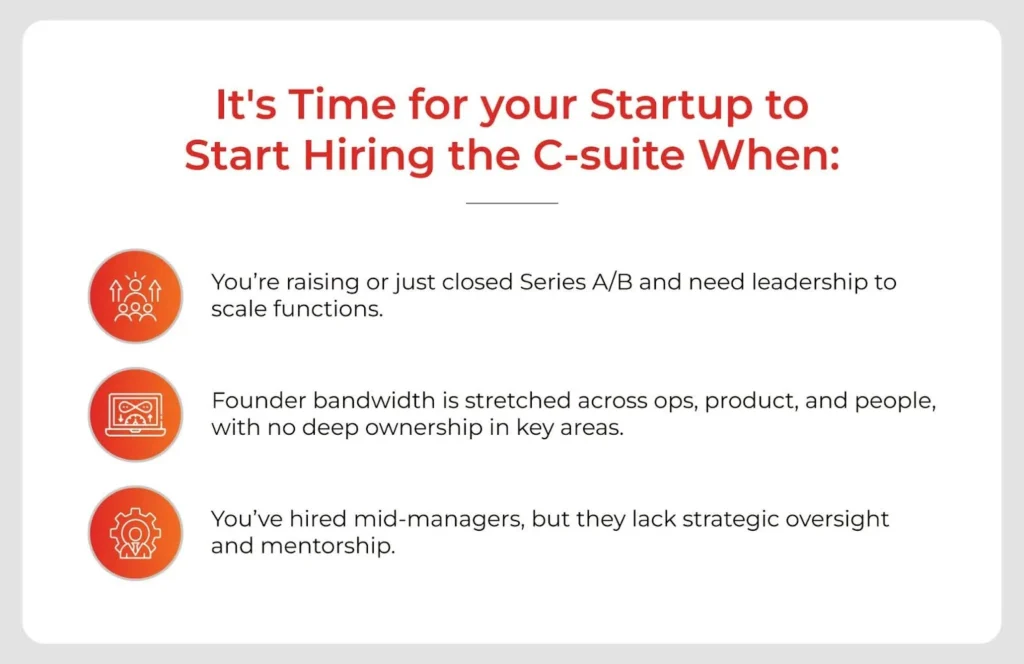Outsourcing IT projects usually begins with high hopes: faster development, lower costs, scalable teams ready to plug into your roadmap.
But what many first-time decision-makers overlook is the hidden complexity that follows.
Because apart from handing over code, you’re also handing over control, delivery timelines, project outcomes, and sometimes, even your intellectual property.
So how do you make IT project outsourcing a strategic win instead of a costly misstep?
It goes far beyond picking the “right” partner. You need to know what to do, what to avoid, and how to bridge the grey areas in between.
This guide breaks it down, clearly and practically.
Why IT Project Outsourcing Fails
When an outsourcing initiative fails, it’s rarely due to a single major mistake. It’s usually a slow unraveling of small issues left unchecked. In fact, most outsourcing projects fail for predictable reasons:
- No clarity on scope or deliverables
- Choosing the cheapest vendor instead of the right one
- Poor handoff and onboarding
- Misaligned timelines or communication styles
- No clear ownership on the client side
Fortunately, these mistakes are avoidable and fixable. And the right set of do’s and don’ts will help you avoid them entirely.
The Do’s: What Smart Companies Always Get Right
While often seen as a quick fix, outsourcing is actually a leadership decision. Here’s how experienced tech leaders do it right:
1. Define the “What” Before the “Who”
Before picking a vendor, define exactly what success looks like.
Is it faster release cycles? Bug-free deployment? A secure MVP by a certain date? Or something else?
Document it because scope creep starts when expectations are vague.
2. Align Your Engagement Model With Project Risk
Fixed price, time-and-materials, or dedicated team? Choose based on complexity.
Don’t lock yourself into a model that can’t flex when the roadmap changes.
3. Choose Based on Expertise, Not Just Economics
Cost savings are real and important, but long-term value comes from skill alignment, tech stack fit, and shared delivery culture. Always ask: “Have they solved this problem before?”
4. Lock in SLAs, Ownership, and Communication
Your outsourcing contract is an operational must-have.
Include SLAs, escalation ladders, sprint rituals, and stakeholder responsibilities. Make sure everyone knows what’s expected, when, and by whom.
5. Prioritize Data and IP Security
If your outsourced team is building proprietary tech, your NDA and IP clauses should be watertight.
Look for vendors with certifications like ISO/IEC 27001 or SOC 2.
The Don’ts: Mistakes That Derail Even the Best-Laid Plans
These are the traps that many companies, especially startups and first-time outsourcers, fall into:
1. Don’t Rush the Onboarding
A new vendor is like a new employee. They need documentation, walkthroughs, access credentials, and context. Skip this, and you’ll spend the next three sprints fixing things that were never explained.
2. Don’t Assume a Single POC is Enough
Relying on one person (on your side or theirs) is risky. Build cross-functional redundancy. If someone’s out, the project should still move.
3. Don’t Ignore Culture and Time Zones
You might work 9 to 6. They might work 12 to 9. If you’re not overlapping for at least 2–3 hours a day, you’ll start losing days to feedback loops.
4. Don’t Skip a Pilot
Before you go all-in, test the waters. A 2-week pilot sprint can reveal a lot, like communication speed, code quality, bug resolution, and attitude. Use that insight.
5. Don’t Outsource Ownership
You’re not outsourcing responsibility. You still need a project owner on your team who tracks progress, removes roadblocks, and pushes clarity.
| Do’s | Don’ts |
| Set clear goals and success metrics | Jump into delivery without scoping |
| Choose the right pricing and engagement model | Select based on cost alone |
| Vet vendors on technical and cultural fit | Overlook language and time zone friction |
| Include SLAs and roles in contracts | Skip legal and operational clarity |
| Conduct regular reviews and retros | Take a “fire-and-forget” approach |
| Prioritize IP and data security | Ignore compliance and documentation gaps |

What Success Of IT Project Outsourcing Actually Looks Like
You know IT project outsourcing is working when the handoff doesn’t feel like a loss of control. Instead, it feels like a well-run extension of your team.
Imagine this:
You’ve outsourced a fintech app to a partner in Eastern Europe. There’s a two-week pilot. Code reviews are tight. After sprint 2, your internal QA team gives a thumbs-up. Your roadmap accelerates by 30%.
And because you scoped deliverables clearly, the offshore team hits every sprint goal with minimal rework.
That’s successful IT project outsourcing. It’s not frictionless, but it’s high-functioning and accountable.
Final Thoughts: Think Beyond Cost. Think Capability.
Outsourcing works best when it complements, not replaces, your in-house strengths. Some initiatives demand a core team that understands your business at a granular level. Others benefit from tapping into specialized expertise you don’t have internally. With SPECTRAFORCE’s Project Solutions, you can do both: strengthen your internal IT capacity where it matters and bring in external talent that’s already equipped to hit the ground running. The result? Faster launches, fewer roadblocks, and a delivery model built for long-term success.
FAQs
Top mistakes in IT outsourcing projects include poor scoping, vendor selection based on cost alone, lack of internal ownership, and communication delays.
An IT outsourcing contract should include scope, pricing model, SLAs, IP clauses, communication cadence, security protocols, and exit terms.
When choosing an outsourcing vendor, look for technical expertise, relevant industry experience, communication quality, reviews, scalability, and compliance certifications.
Yes, outsourcing IT projects is cost-effective in the long run, especially when it is used to reduce overhead, scale faster, or access niche expertise. But hidden costs arise without proper planning.
Below are the differences between offshore, nearshore, and onshore outsourcing:
Offshore outsourcing means working with a partner located on a different continent, often in a vastly different time zone. For example, a U.S.-based company outsourcing to India. It’s typically the most cost-effective option but can involve communication lags, cultural gaps, and coordination challenges.
Nearshore outsourcing refers to partnering with a vendor in a nearby country, usually within one to three time zones. A U.S. firm outsourcing to Costa Rica. It offers more real-time collaboration and fewer cultural barriers, though often at a slightly higher cost than offshore.
Onshore outsourcing keeps everything within your own country. For example, a U.S. company hiring a development team in Texas while headquartered in New York. You get full language alignment, legal familiarity, and maximum control, but it’s also the most expensive model.
Each model suits different needs. The right fit depends on your budget, time zone flexibility, and how much hands-on involvement your project demands.
Communication can be improved in outsourced IT projects by scheduling overlapping work hours, using project tracking tools, agreeing on update frequency, and ensuring both sides document decisions and feedback.



